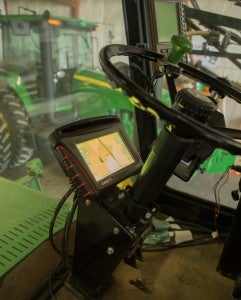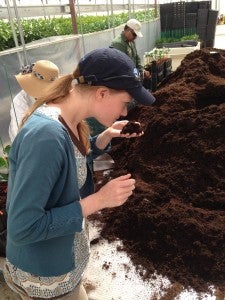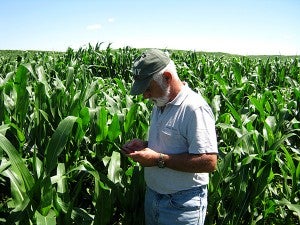
Credit: United Soybean Board
Almost daily, I see new stories on how agribusinesses, entrepreneurs, and traditional technology companies are making big investments in precision agriculture tools and digital platforms that collect data from farms.
These data include information such as fertilizer rate, prescription accuracy, yield by square foot, seed type, and soil type. When analyzed at a large scale, the data can determine best practices for farm operations to maximize yield and minimize input costs.
This is an exciting trend, with big and small companies alike getting into the data game, and the tools used to collect this data becoming ubiquitous. And although these technologies weren’t necessarily started with sustainability in mind, they have tremendous potential to benefit the environment. Read More













